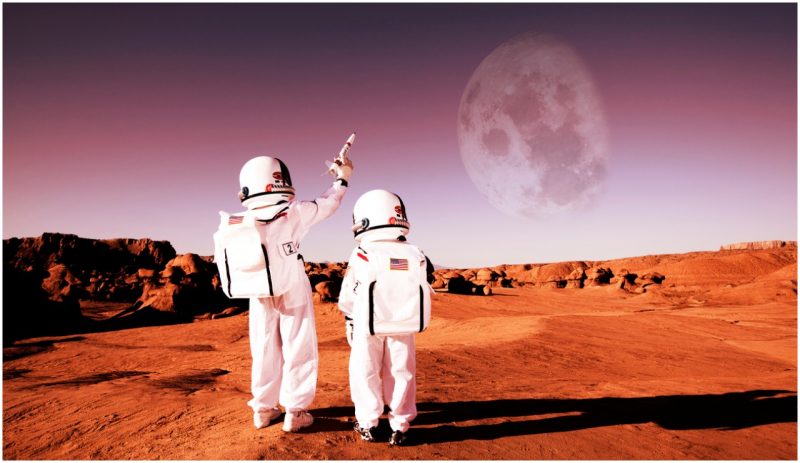In 1997, The National Aeronautics and Space Administration was on the receiving end of a lawsuit filed by three Yemenis who claimed the Red Planet was theirs and NASA was exploring it without authorization or proper consent from its rightful landowners.
“Sojourner and Pathfinder, which are owned by the United States government, landed on Mars and began exploring it without informing us or seeking our approval,” the wronged men declared for the Arabic-language weekly newspaper Al-Thawri, several days after they had filed an official complaint to the country’s prosecutor general in Sana’a, Yemen.
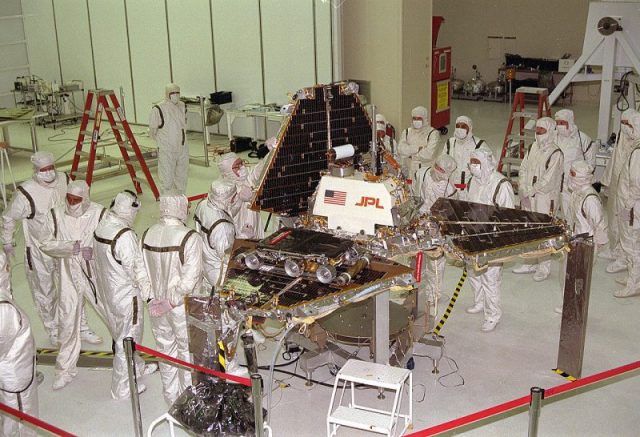
“We inherited the planet from our ancestors 3,000 years ago,” the men declared. And as absurd as it may sound, they allegedly had “evidence” to support their claim.
Adam Ismail, Mustafa Khalil, and Abdullah al-Umari made the headlines that summer after their formal petition, asking NASA to suspend all operations on “their planet” was reported by CNN on July 24, 1997.
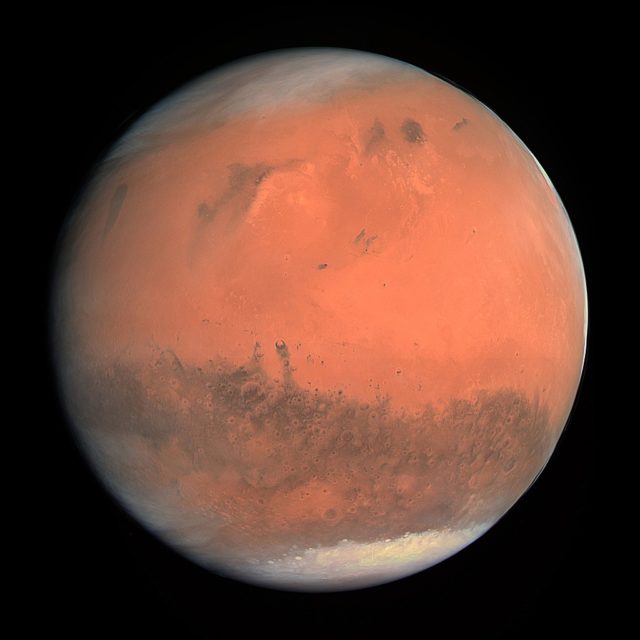
“It’s a ridiculous claim,” Brian Welch, at that time NASA director of Media Services, told CNN. “Mars is a planet out in the solar system that is the property of all humanity, not two or three guys in Yemen.”
Welch added that in accordance to the 1967 United Nations International Space Treaty, no man nor country can claim ownership over land in outer space.

NASA began their space exploration program in the late 1950s, and after a few successful and extremely costly landings on the Moon, they set their sights towards the next plausible destination. Following NASA’s first successful Mars flyby with Mariner 4 in 1964, the race to be the first nation to land a probe on the planet’s surface was on. Both the U.S. and the U.S.S.R. began to develop probes that could scout Mars’ atmosphere.
In 1971, the first ever spacecraft touched down on the planet’s scorching-hot surface. This was the Soviet Mars 3, which stopped transmitting 20 seconds after landing.
Four years later, NASA hit the jackpot with the Viking Mission. The 1,400 images transmitted by the two landers are archived in the NSSDC image catalog. Perhaps Ismail, Kahlil, and al-Umari were too young to get worked up about these earlier transgressions, not to mention the several failed lander missions.

It was July 4, 1997, when the unmanned spacecraft Mars Pathfinder, the base station later renamed as the Carl Sagan Memorial Station, landed on the planet. It released the free-ranging robotic Sojourner rover to roam the planet and start a thorough analysis of the rocks soil in the area.
In the space of just a few weeks both the lander and the rover combined sent millions of pieces of information back to Earth — including thousands of pictures, as well as data about Mars’ atmosphere, such as wind speeds, and air and soil temperatures.
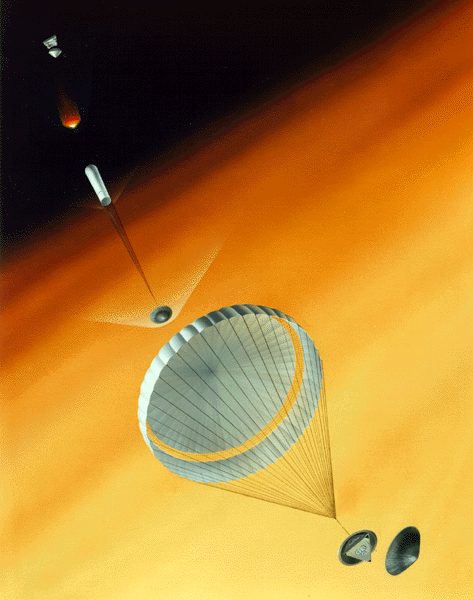
The data collected turned out to be of great significance, and the world was glad to hear NASA’s conclusion that Mars was at one time a wetter world and presumably a much friendlier place to possibly sustain life as we know it.
These three men from Yemen, it turns out, were not so happy about it, nor keen to let a “trespasser” roam around and reveal valuable information to the public about their private estate.
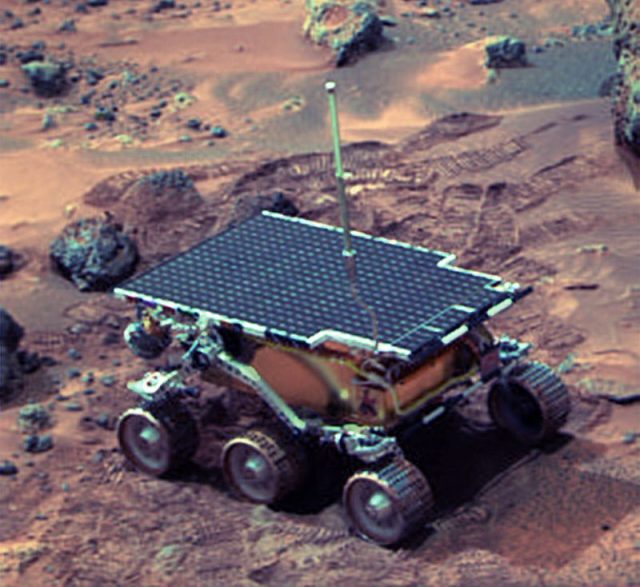
In short, their claim was built around the mythologies of two ancient and long-lost civilizations, the Himyarites and the Sabaeans, that existed several millennia before the age of Christ and the Roman Civilization.
According to these beliefs, the two ethnic groups raised a temple to each of the seven planets visible with the naked eye. Did the claimants interpret this as meaning that their ancestors were celestial beings? Who knows. CNN joked that “There was no word on whether they had paid the appropriate inheritance taxes.”
NASA Apollo moon landings conspiracies
Ismail, Kahlil, and al-Umari were of the opinion that they are direct descendants of the rightful owners of the Red Planet. Most importantly the three insisted their lineage was enough to claim ownership and file a complaint arguing that Mars is actually their home.
As a result, they asked the court to instruct the perpetrator to withhold all information obtained and stop with all operations immediately.
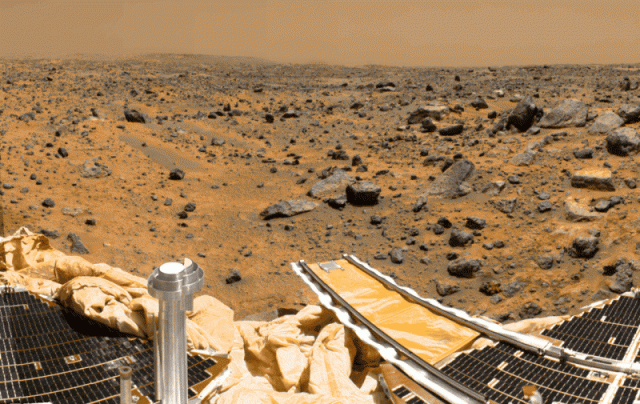
According to them, NASA ought to be held liable if any data already gathered from Mars was released without their formal consent.
Needless to say, their petition was rejected. The chief prosecutor — the only official to see the supporting evidence — even threatened the trio with jail.

While the lawsuit was laughed off by NASA, the three men continued writing another chapter in their odd story.
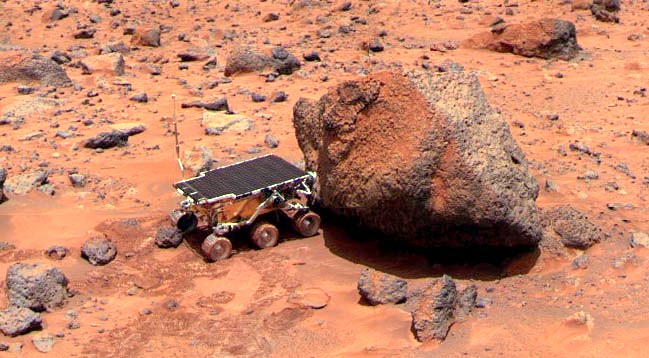
By showing their petition, and supposedly their formal evidence to back it up, they attempted to convince investors to purchase land on Mars for the best price. Two bucks per square meter.
Read another story from us: Astro-Tortoise: The First Animal to Orbit the Moon
All in all, this perhaps was the silliest but it wasn’t the only time when “sane” men claimed to own something in outer space. It wasn’t the first time that someone tried to sell it either. It was also not the last time that NASA got sued for something foolish.
